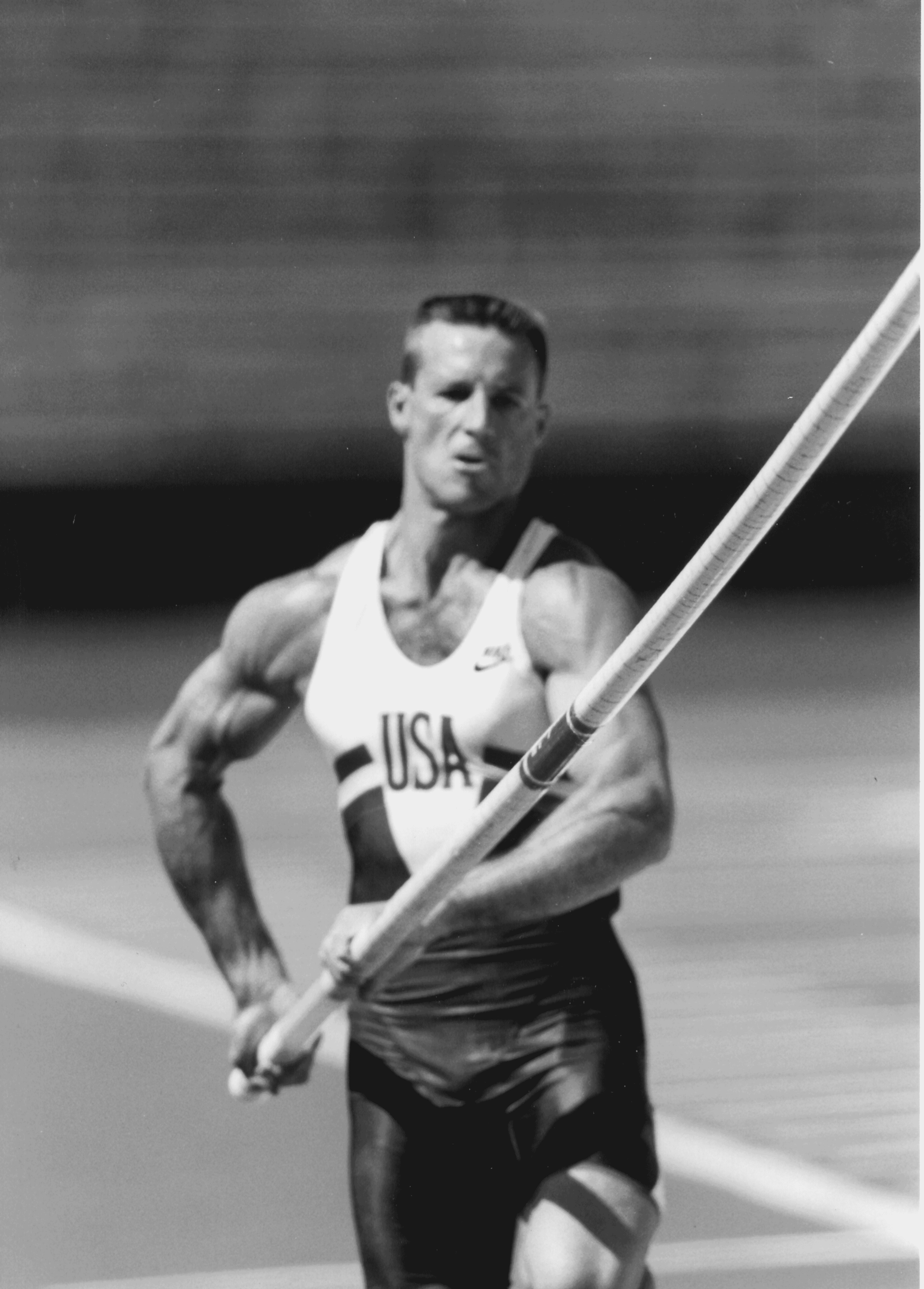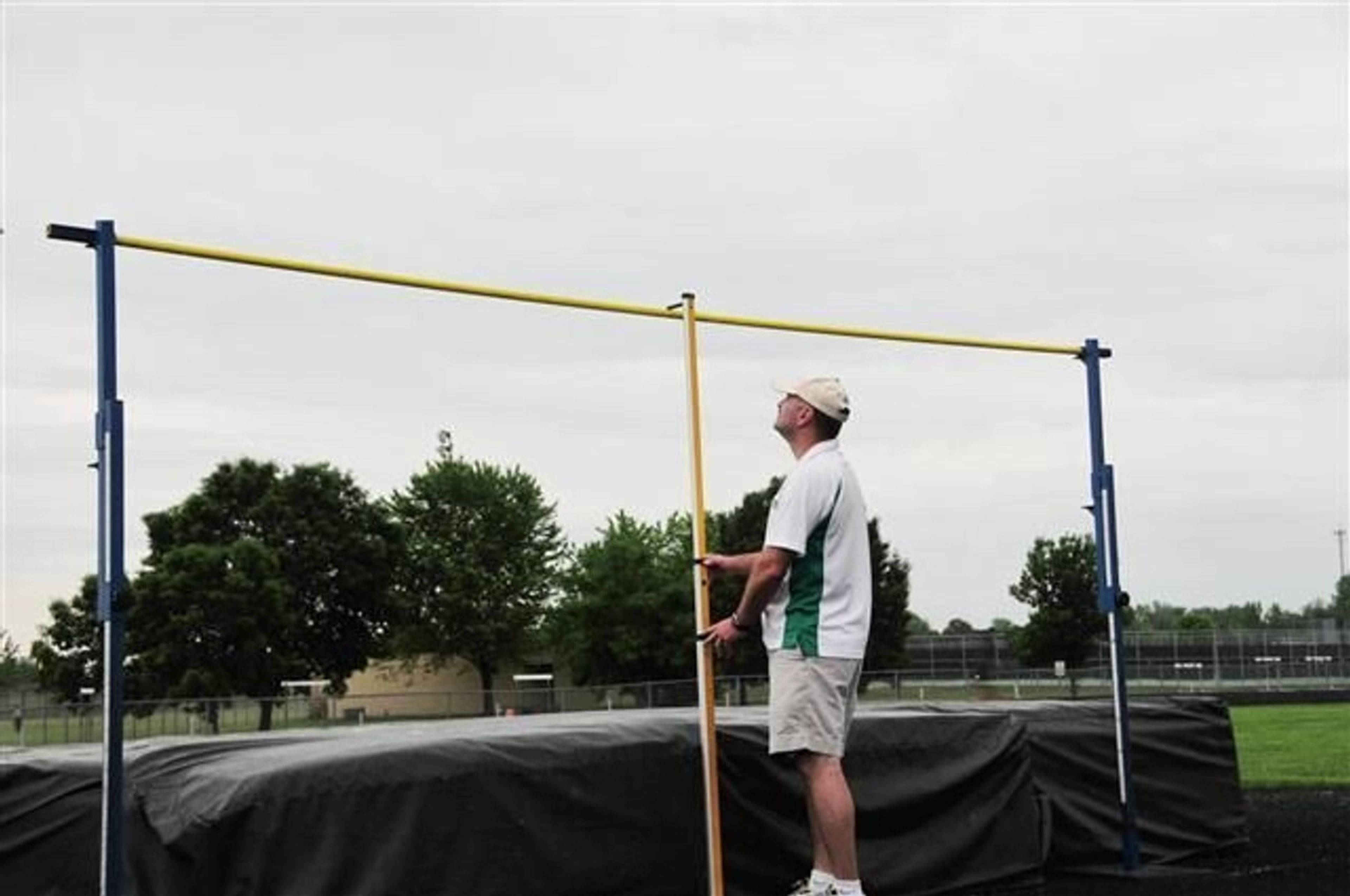A Comprehensive Guide to Hamstring Injury and Rehab Management in Track and Field
Unlock the secrets to managing hamstring injuries in track and field with our comprehensive guide. Discover root causes, effective rehab, and prevention strategies to keep athletes pain-free and performing their best.
Overview of Hamstring Injuries
Hamstring injuries are among the most troubling and misunderstood ailments in track and field. Their frequency, debilitating nature, and tendency to strike unexpectedly make them particularly frightening. Misunderstandings about these injuries often lead to misapplied rehabilitation procedures, exacerbating the problem. This guide aims to establish a fundamental working knowledge of hamstring injuries and provide common sense injury management guidelines for coaches who may lack extensive medical resources. Similar resources for shin splints and calf pain are also available.
Understanding the Root Causes of Hamstring Injuries
Anatomical Vulnerability
The hamstrings are anatomically vulnerable, receiving stress from both above and below. This makes them susceptible to injury, often as a symptom of dysfunction elsewhere in the body. Much like a "Check Engine" light in a car, hamstring problems indicate trouble but are rarely the root cause.
Common Causes
Diminished Range of Motion in the Ankle
A common cause of hamstring injuries is the displacement of the talus, leading to decreased range of motion in the ankle. This can be diagnosed by comparing the dorsiflexion of both ankles. A discrepancy indicates a problem. The solution often involves adjusting the talus, a procedure best performed by a chiropractor skilled in Gonstead techniques.
Anterior Tilt of the Pelvis
Anterior tilt of the pelvis transmits stress directly to the hamstrings. This condition can result from lumbar tightness, hip flexor tightness, or improperly taught techniques. Lumbar tightness alters pelvic alignment, while hip flexor tightness decreases the range of motion in hip extension, both contributing to anterior pelvic tilt. Improper techniques, such as incomplete pelvic angle progressions during sprints, can also cause this issue.
Diagnosing and Addressing Hamstring Weakness
Misconceptions about Weak Hamstrings
The idea of weak hamstrings in runners is misleading. Runners use their hamstrings extensively, making true weakness unlikely. Apparent weakness often results from altered neurology or disadvantaged positions due to issues elsewhere in the body.
Effective Diagnosis and Treatment
Skilled therapists can restore proper neurology and relieve pressure on the hamstrings, often transforming a weak hamstring into a strong one within minutes. This underscores the importance of accurate diagnosis and appropriate treatment.
Rehabilitation and Prevention Strategies
Rehabilitation Guidelines
Functional, Pain-Free Movement
Rehabilitation should focus on functional locomotive exercises that are pain-free to limit scar tissue formation.
Avoiding Static Stretching at the Injury Site
Static stretching can accelerate inflammation and prolong recovery. While it may provide temporary relief, it should be avoided at the injury site until range of motion improves.
Stretching Surrounding Areas
Stretching surrounding muscles can prevent chronic tension on the injured hamstring.
Functional, Locomotive Rehabilitation Exercises
Rehabilitation should include functional exercises like walking, jogging, and running, progressing as the athlete's condition improves.
Rehabilitation Plan
A basic rehabilitation plan involves daily sessions of 12x60 meters, progressing from walking to sprinting. This gradual approach ensures the athlete remains pain-free while rebuilding strength and flexibility.
Prevention Measures
Close observation of athletes during warm-ups and running activities is crucial. Coaches should look for decreases in range of motion, loss of symmetry, or gait changes, which can signal potential hamstring issues. Being mentally aware and adjusting training programs to prevent injuries is also essential.
Conclusion
Understanding the root causes of hamstring injuries, effective diagnosis, and addressing misconceptions are critical for successful rehabilitation. Comprehensive rehabilitation and prevention strategies can help athletes recover and reduce the risk of future injuries. Coaches play a vital role in injury prevention and management, emphasizing the need for ongoing education and adaptation in training programs.
In conclusion, hamstring rehab is a multifaceted process that requires a deep understanding of the underlying causes and effective management strategies. By following these guidelines, coaches can help their athletes recover more efficiently and prevent future injuries, ensuring their long-term success in the sport.









